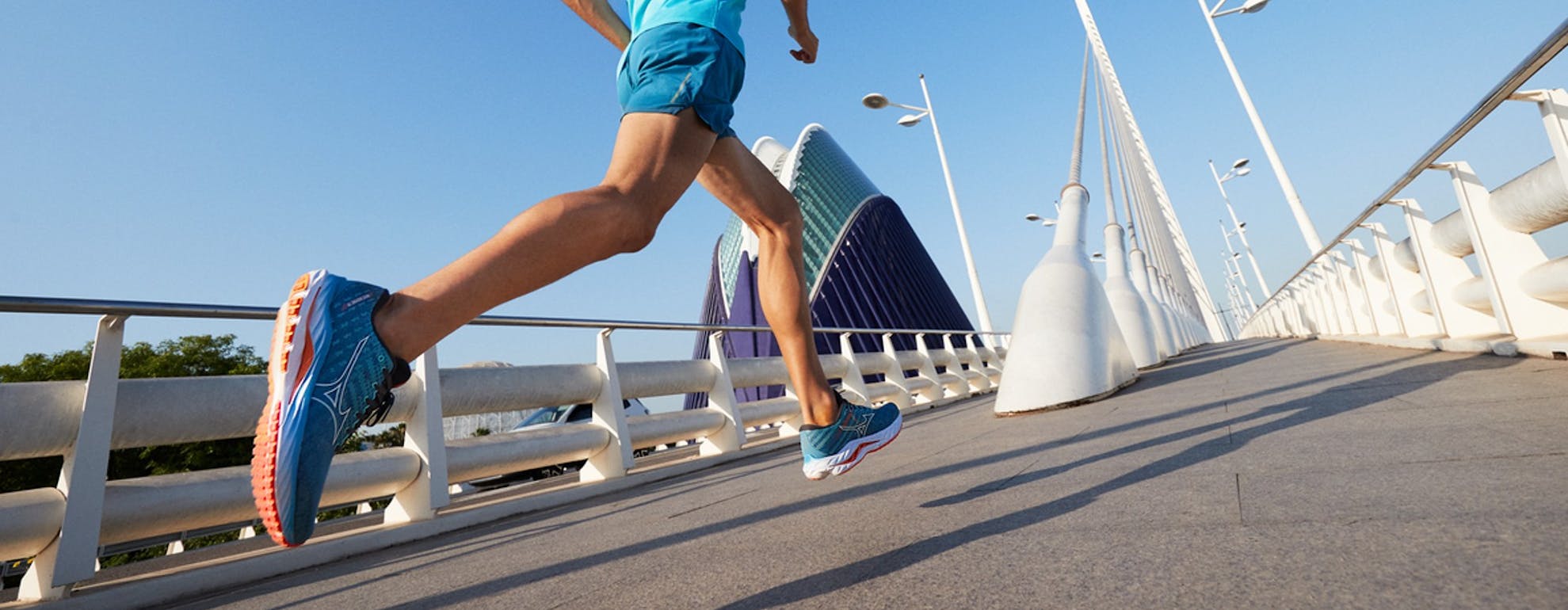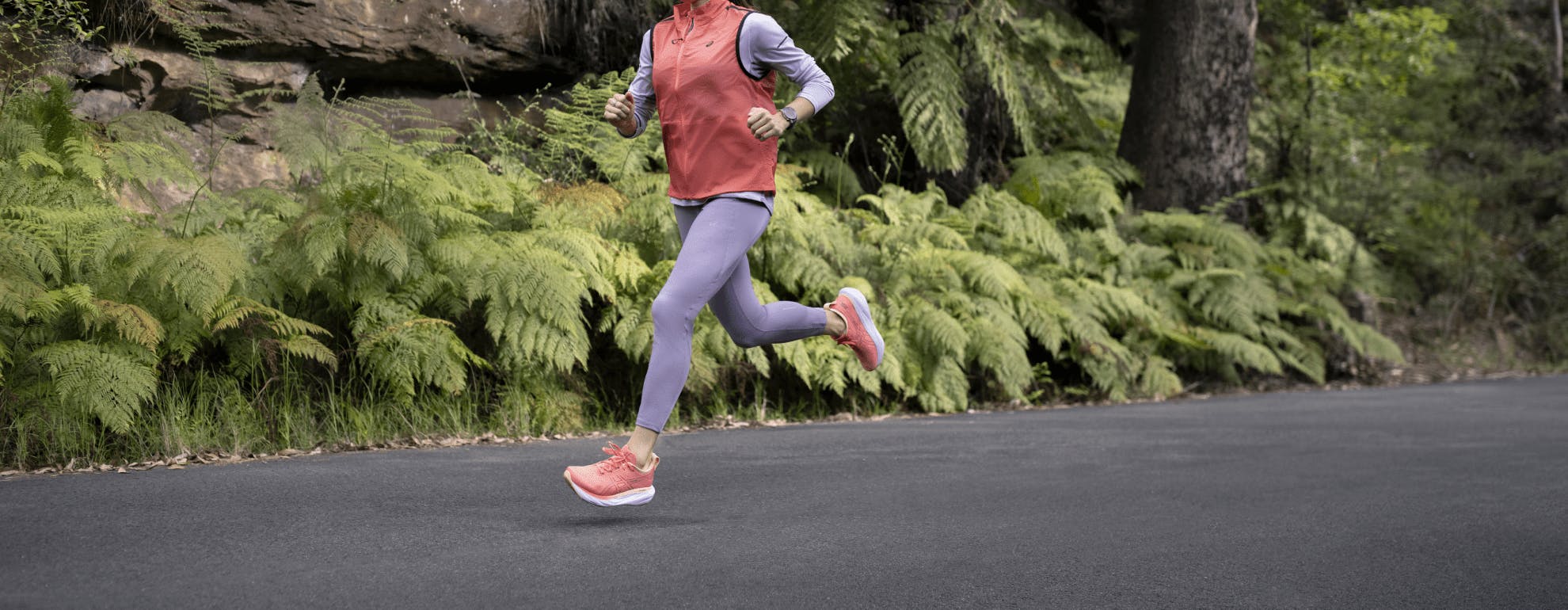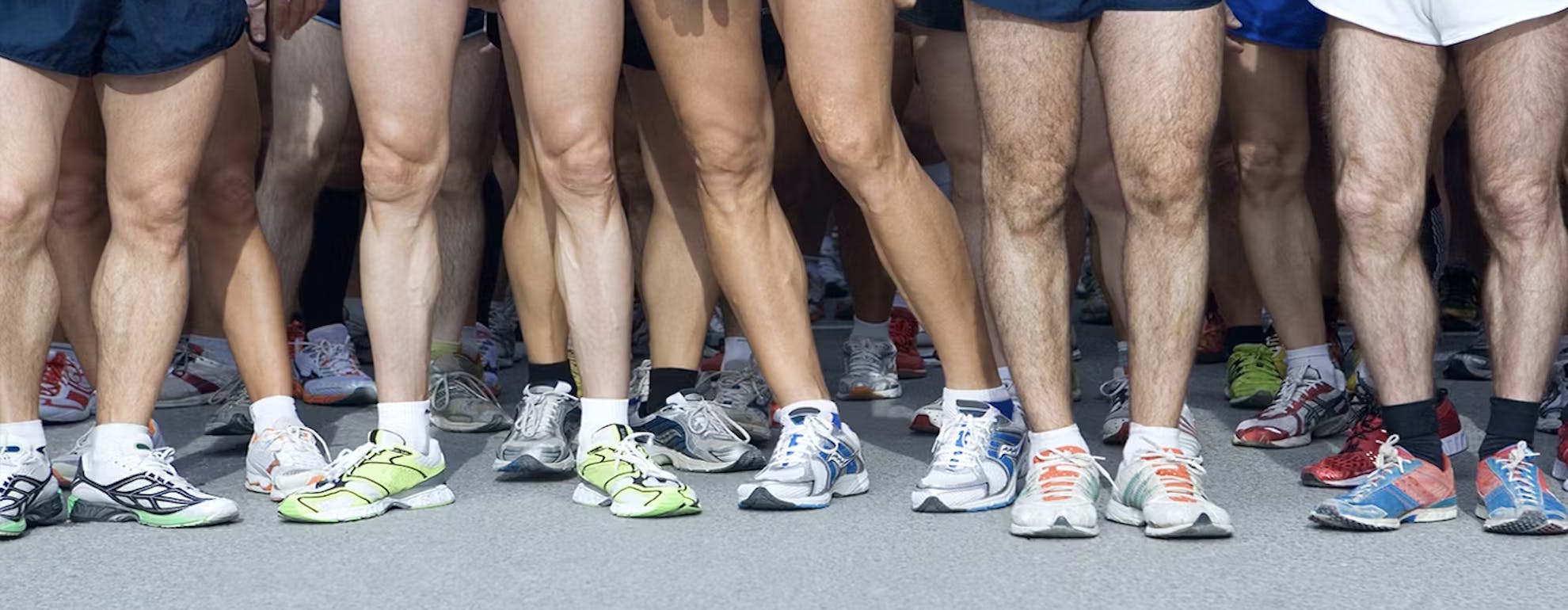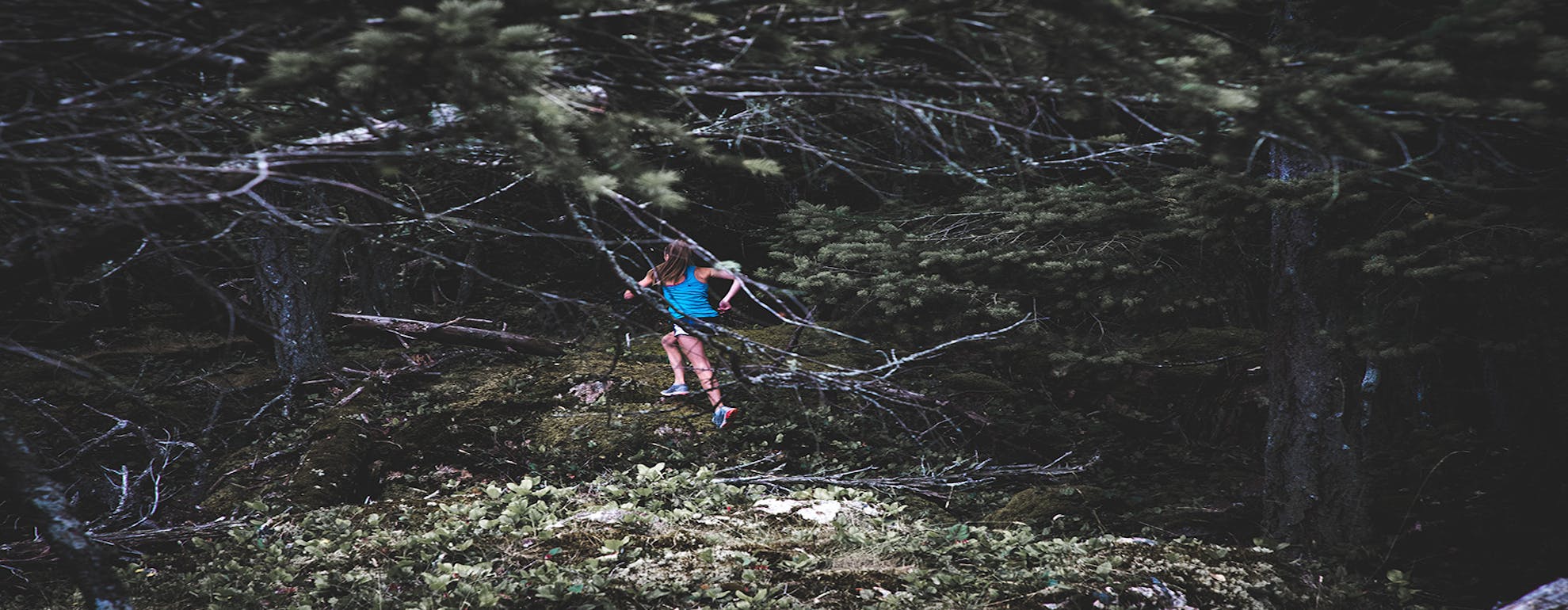
Kit & Gear
What kit do you need for Trail Running?
Trail running is exhilarating and great for the mind and body. But you’re also often running on your own far from home, on challenging terrain and in unpredictable conditions, so it’s important to be prepared for whatever the trail might throw at you.
Your key priorities for trail running are safety, comfort and being totally self-sufficient in terms of hydration and fuel. Here’s what to take on your off road-adventure.
ㅤ
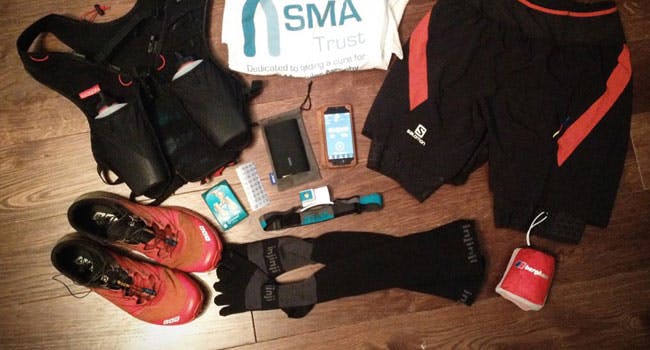
ㅤ
JACKET
Weather conditions on the trails and in the hills can be unpredictable. You might set out on a beautiful sunny morning, but you can easily hit less favourable conditions as you venture into the hills. Make sure to take a jacket which is both waterproof and breathable with you. You don’t need to lug a bulky jacket around either; most trail jackets are now designed to be ultra light, often packing away into their own pockets for easy carrying. Look for fully waterproof fabrics, sealed seams and ideally it should have a hood and lots of zip pockets for stowing essentials. Montane’s Minimus Jacket and Ronhill’s Trail Tempest jacket are both great options for trail runners.
ㅤ
WICKING BASELAYER
Basic layering principles still apply on the trail. Always wear a breathable base layer next to your skin to wick away moisture. Whether that’s long or short sleeve depends on the time of year and how cold it is, although a long sleeve top will add additional protection from brambles, tree branches etc.
ㅤ
TIGHTS OR SHORTS?
Again, which you go for will depend on the weather, but tights will provide more protection from trail debris. Trail specific tights and shorts feature extra storage pockets and stowing options, and reinforcements in key areas to help prevent chafing on longer runs.
ㅤ
GAITERS
When you’re out on the trails, you’re going to hit mud, dirt, stones, random bits of twig, all of which if they get inside your shoe are going to make your run pretty uncomfortable. A pair of gaiters hooks over your trail shoes and prevents random debris from getting in, keeping your run comfortable and uninterrupted.
ㅤ
NECK GAITER
Probably the handiest multi-functional accessory you’ll ever own. A neck gaiter acts as a scarf, a face cover, a sweat band, an ear warmer, and even a bandage should you be unlucky enough to need one. A trail must-have.
ㅤ
SOCKS
Trail socks are light and fast wicking to get water and moisture out fast while you run. They also have additional features such as extra ankle protection, anti-slip grips, and even better, they’re made in dark colours, so they won’t be ruined or stained by mud.
ㅤ
FIRST AID KIT
If you’re on a longer, more secluded run, it’s a sensible precaution to take along a few basic first aid items. Pack a small kit including a bandage, a few plasters, wipes and antibacterial ointment. If the weather’s warm, take along sunscreen and lip balm too.
ㅤ
FUEL
If you’re heading off on a longer run, you’re probably going to need to refuel at some point, and in any case it’s always a good idea to take along a few emergency supplies anyway. Fuel up with high energy foods such as energy bars and chews, rice cakes and gels, and make sure to stay well hydrated. Don’t forget that adequate pre-run hydration is as important as hydrating on the go.
ㅤ
TRAIL PACK
Use this to carry food, water, extra layers and your other essentials. Look for packs which are super light and ergonomically shaped to fit the contours of your body. A good trail pack will feature extra compartments on the inside, and easy grab additional mesh storage pockets for water bottles and other essentials on the outside. Many now even feature a whistle and reflectivity for added safety.
The best trail packs also double up as hydration packs with fluid reservoirs. Look for packs which feature easy grab hydration features with minimal faff, and don’t go overboard on capacity – you should be taking only as much as you need.
ㅤ
TRAIL SHOES
Of course, this goes without saying – the most important piece of kit for trail runners. Your trail shoes should feature an aggressive grip which sheds mud fast. Also look for supportive uppers with either waterproof or fast drying fabric. When you’re choosing a trail shoe, consider the type of surface you’ll be running on. If you’re running on undulating, gentle surfaces, a pair of grippy trail shoes are great. If you’re tackling fast, sharp ascents and scree, a more aggressive fell shoe will perform better.
Take a look at our Trail Shoe Guide for more on what to look for.
Interested in the latest shoes, apparel and technology? Then head over to our Kit & Gear category for more reviews, tips, advice and product releases.
Welcome
Welcome to SportsShoes Kit & Gear Hub! Here you'll find all the information and advice you need about the very latest kit, technology and gear.
Read More
Share this
Featured articles
View All
